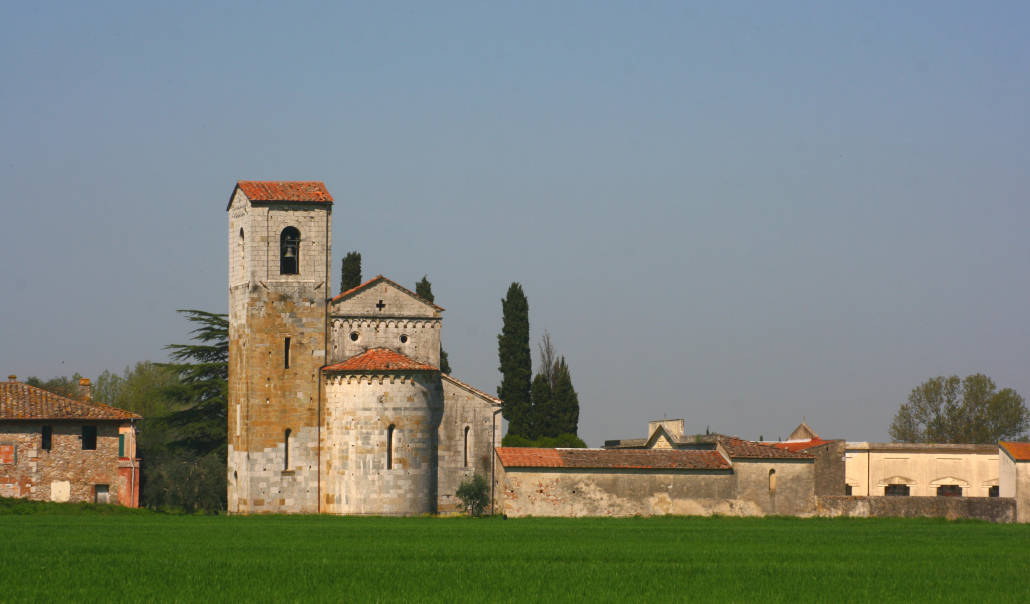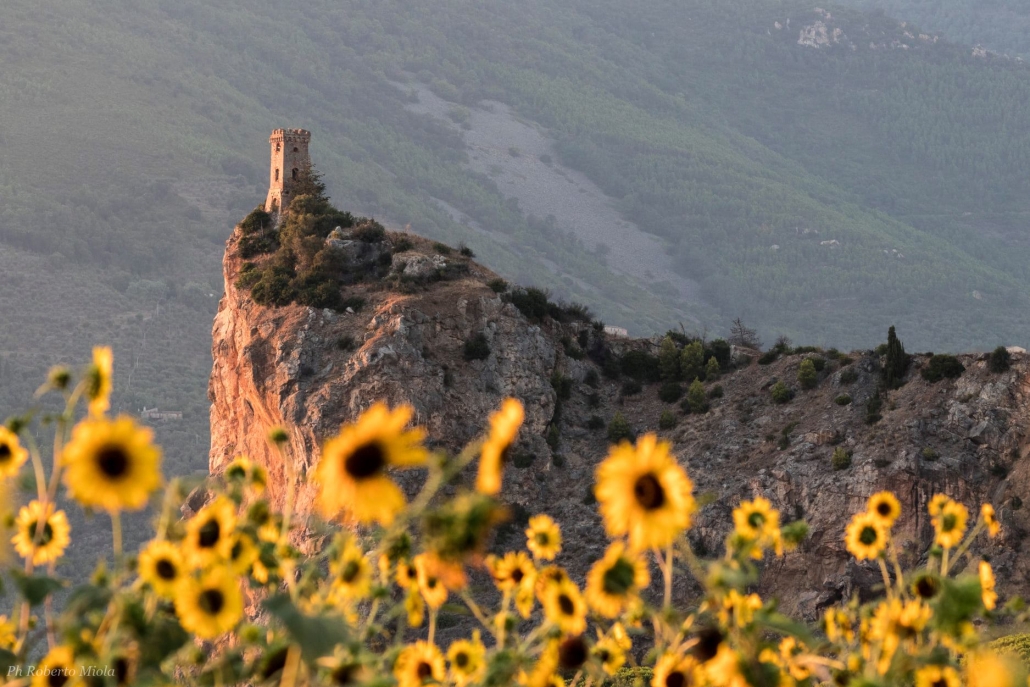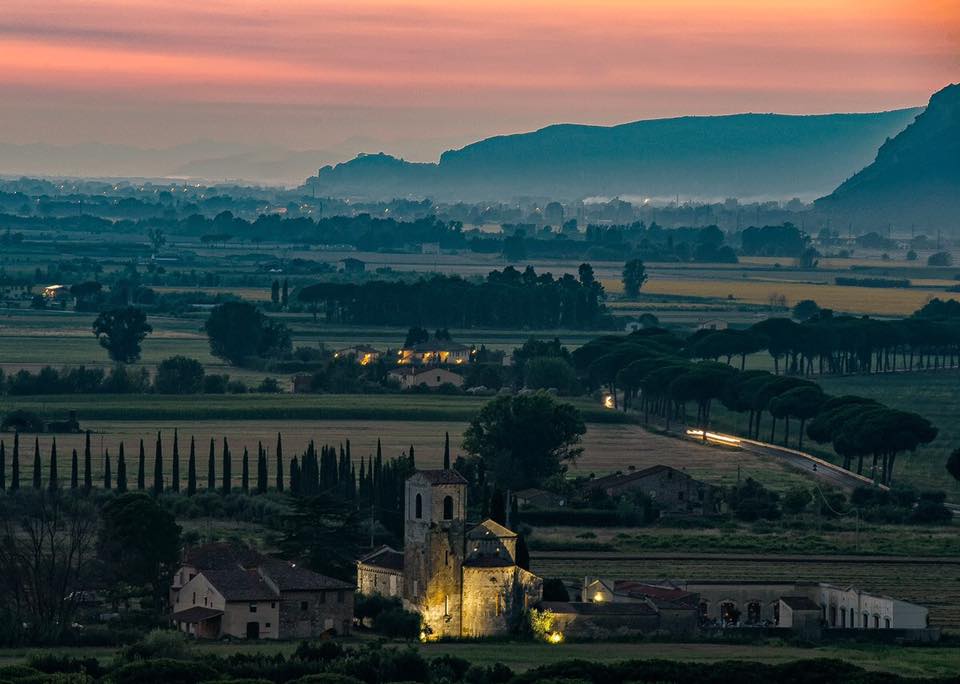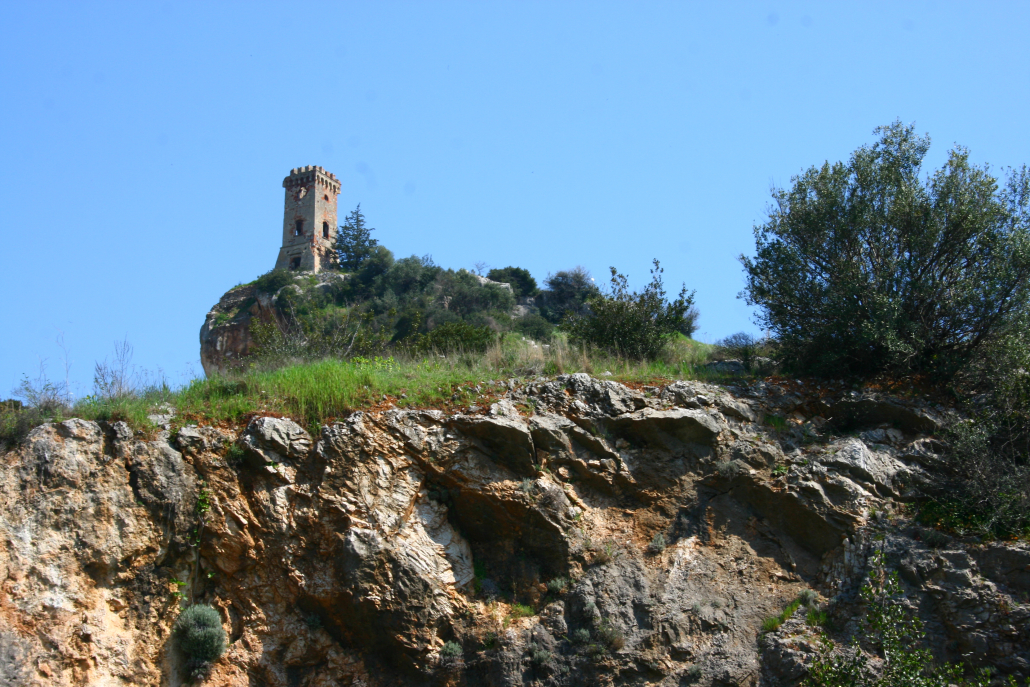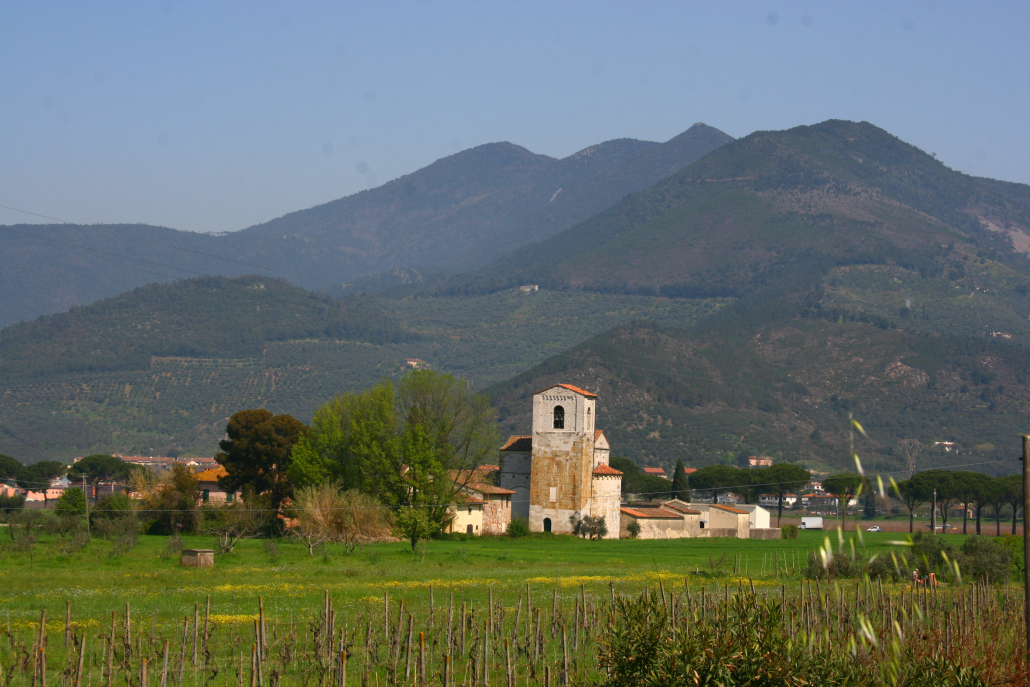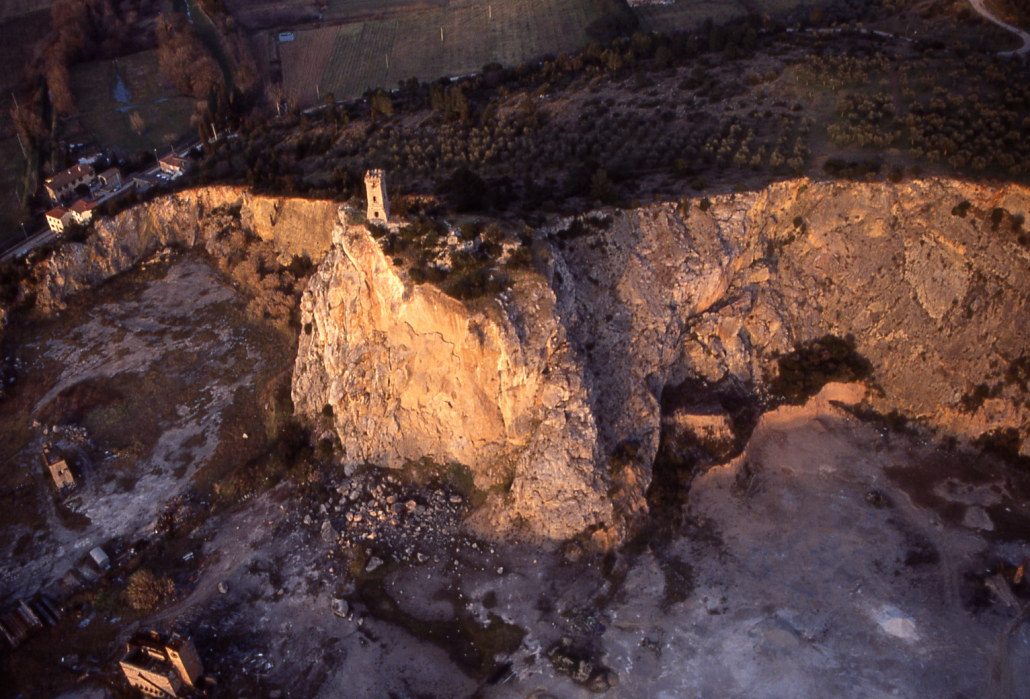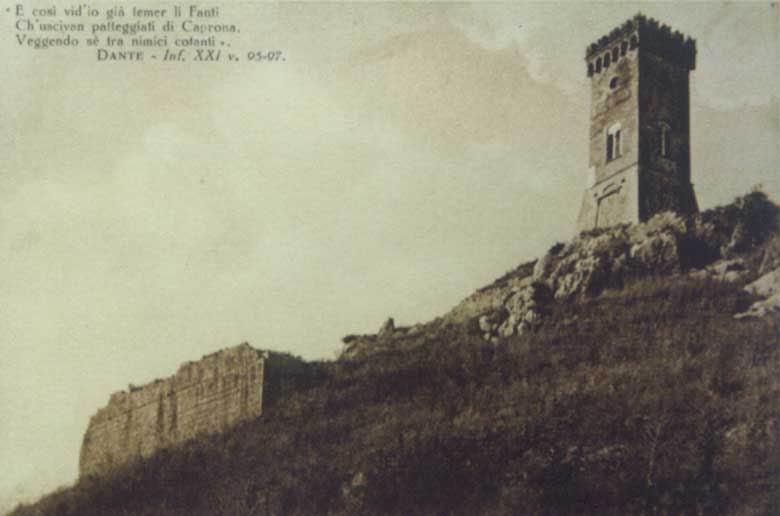Dante Alighieri & Caprona
In spite of its limited area, Caprona is definitely one of the most interesting villages administered by the Municipality of Vicopisano: it is certainly worth mentioning that the Castle of Caprona is in Dante’s literary work: the Poet, in fact, mentions it in the 21st “canto” of the Inferno.
Young Dante Alighieri was actually one of the Florentine soldiers (precisely a mounted soldier) who took part to the conquest of the Castle of Caprona in August 16th, 1289.
Here is what Dante says:
“così vid’ ïo già temer li fanti
ch’uscivan patteggiati di Caprona,
veggendo sé tra nemici cotanti. “
.
The episode refers to the fear that the Pisan soldiers showed, “temer li fanti”, in front of the numerous Florentine army, “veggendo sè tra nemici cotanti”, after negotiating their surrender in Caprona, “ch’uscivan patteggiati di Caprona”.
Here's what Villani (a historian from the first half of the 14th century) says about this enterprise:
“Nel detto anno 1289 del mese d’agosto, i Lucchesi feciono oste sopra la città di Pisa colla forza de’ Fiorentini, che v’andarono quattrocento cavalieri di cavallate, e duemila pedoni di Firenze, e la taglia di loro e dell’altre terre di parte guelfa di Toscana, e andarono insino alle porte di Pisa, a fecionvi i Lucchesi correre il palio per la loro festa di San Regolo, e guastarla intorno in venticinque dì che vi stettono ad oste, e presono il castello di Caprona, e guastarlo”.
(In the said year 1289 in the month of August, the people of Lucca fought against the city of Pisa with the force of the Florentines, who went there with four hundred cavalrymen and two thousand Florentine pawns, and the bounty of them and of the other lands of the Guelph part of Tuscany, and went as far as the gates of Pisa, to make the Lucchese run the palio for their feast of San Regolo, and spoil it around in twenty-five days that they stayed there as host, and took the castle of Caprona, and spoil it). (G. Villani. Croniche, VII, 137)
The fight for the Fortress of Caprona had begun in spring: it was first occupied by Nino Visconti -captain of the Pisan Guelph exiles and allied to Lucca - and then reconquered by Guido da Montefeltro. The Florentines were not ready to bring a fast backing up to the army of Lucca, as they were involved in a war with Arezzo. After defeating the Arezzo army at Campaldino(July 1289), they were able to divert part of their army and direct it towards Pisa's confines. The Poet was among the four hundred cavalrymen that allowed Nino Visconti to win back the Castle (August 16th) after a three day siege.
History
Caprona already existed in Roman Age. In Middle Ages, it was the seat of a Castle (documented in 1051), which was probably set on the hill that dominates the village. Perhaps, it rose just on the rocky crest where today rises the 19th century Tower “degli Upezzinghi”, the symbol of the village and one of the most characteristic spots in the whole Monte Pisano area. The castle was the background of many battles between Florence's and Pisa's armies that took place in this area for a long period of time; it was dismantled by the Florentines in 1433. From that time on, Caprona lost its military importance and turned to more profitable activities, such like the river navigation or the exploitation of the limestone mines. It is here in Caprona that the Grand Duke Cosimo I had a a villa or a hunt residence; unfortunately, no trace has been left of that edifice, which was most likely “swallowed” by the limestone mines.
.
Caprona is a really interesting place also for its beautiful natural location : just walk a few hundred meters away from the jammed Via Vicarese and you will find yourself plunged in a typical Mediterranean landscape, made of maquis growing on the limestone rocks, but also of luxuriant pine woods. This environment is made even more fascinating by the presence of the mines that create natural terraces with breathtaking views, allowing to sweep over the vast plain of Pisa until Leghorn and the islands of the Tuscan Archipelagos.
The Monuments
At a short distance from the village we can find the parish church of Santa Giulia. It is first mentioned in a document dated 1096, but its architectonical structure dates back to the 9th-10th century, although in smaller dimensions than the current one.
Not far from the parish church there is the Luperi Centoni palace, built in Middle Ages but completely restored in the 18th century.



